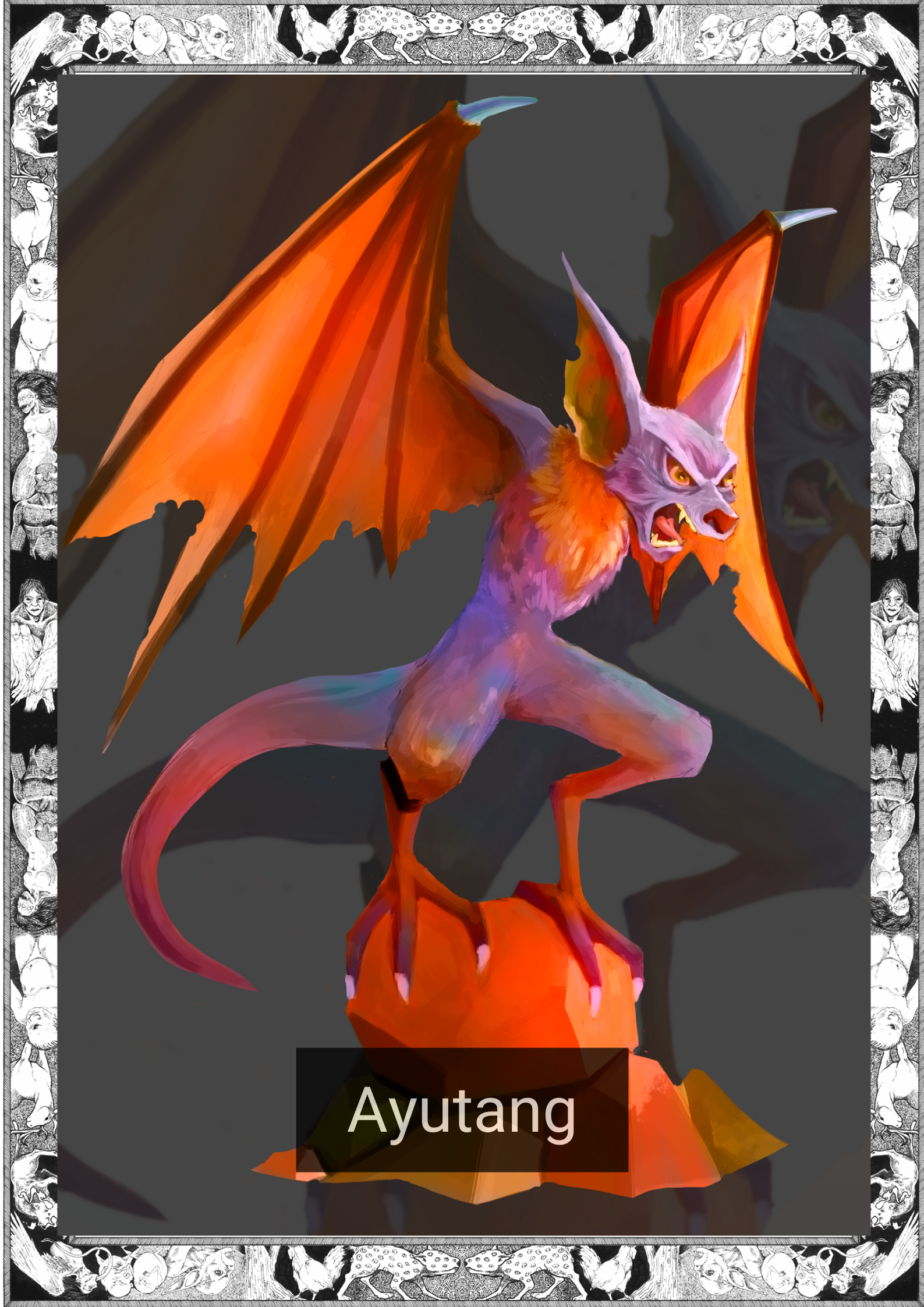
*Note this story is in Cebuano
Ang yuta nga iyang gibarugan miawit kaniya sa tanang himaya niini.
Sama na niini sukad pa sa iyang mahinumduman, kung iyang hikapon ang yuta gamit ang iyang panit nga wala’y bisti, mahibal-an niya kung diin ug sa unsang paagi kini mitumaw.
Sa pagkakaron ang iyang mga tiil nahimutang sa isla sa Panay.
Kadiyot lang nga higayon dihang midagayday kaniya ang kaamgo.
Makita niya ang langit nga natabonan sa dagkong mga pako ug ang bantogang bayani nga mitunga alang sa hagit.
Mabati niya ang lanog sa mga pwersa nga naggikan sa duha ka manggugubat.
Madungog niya ang mga lanog nga abot sa lagyong dapit, ang kaisog ug determinasyon sa usa ka bahin ug ang nagsumpaking kasaba sa yawyaw sa pikas.
Masimhot niya ang anghit nga baho sa dugo ngadto sa hangin.
Matilawan niya ang iyang kadaugan. Ang mga sensasyon mas tin-aw niining higayona, halos wala siyay higayon sa pagpahuway. Iyang gigunitan ang yuta sa iyang mga kamot ug naghulat sa laing panan-awon.
Ug ang yuta mitubag sa matang.
Ang bayani ginganlang si Dumalapdap, ang mangtas, si Ayutang.
Nilanat og pito ka buwan ang ilang panagsangka tungod kay daw managsama ra ang ilang gahom ug kusog. Apan nadiskobrehan sa bayani ang kahuyang sa mangtas.
Pinaagi sa iyang sundang nga adunay salamanangka, nga gitawag og Daniwan, iyang giduslak sa tibuok niyang kusog ang ilok ni Ayutang.
Sa dihang nahulog kini, ni-abli ang yuta ug gilamoy ang daw kabog nga mananap.
Aduna’y kabag-ohan sa yuta.
Ang mga bato sa maong dapit naunlod ngadto sa bag-ong naporma nga dagat, apan mitubo sa ibabaw ang duha ka bag-ong isla, simbolo sa kadaugan sa bayani.
Ug sa ingon, dili lang ang isla sa Panay ang nahimugso kon dili lakip sab ang Negros.
Nanghupaw siya ug gipapahuway ang gikapoy niyang hunahuna.
Laing istorya nga nahibal-an, laing adlaw nahuman.
=——————————————-=
English Version
The ground she had trodden on sang to her in all its glory.
It had been like this ever since she could remember, as soon as she touched the earth with her bare skin she would know where and how it came to be.
Today her feet rested on the island of Panay.
It only took a moment for a torrent of senses to come grasping at her.
She could see the sky being covered by gigantic wings and the great hero that came up to the challenge.
She could feel the reverberation of the blows coming from both combatants.
She could hear echoes that reached great distances, of grit and determination on one side and a cacophony of feral gibbering on the other.
She could smell the stench of blood in the air.
She could taste his victory.
The sensations were more vivid this time, barely giving her room to rest. She gripped the soil in her hands and waited for another vision.
And the earth responded in kind.
The hero’s name was Dumalapdap, the monster, Ayutang.
Their fight took seven long months as their power and prowess seemed to be equal. But the hero was able to discover the weakness of the monster.
With his magic dagger called Daniwan, he struck with all his might, the armpit of Ayutang.
When it fell the earth opened and swallowed the bat-like creature whole.
The ground shifted.
The rocks in the area sank into the newly formed sea, but jutting out to the surface were two new islands, a symbol of the hero’s victory.
And thus, it was not only the island of Panay that reached its genesis but also of Negros.
She sighed and laid her weary head to rest.
Another story known, another day finished.
=——————————————–=
*The Cebuano language, alternatively called Cebuan and also often colloquially albeit informally referred to by most of its speakers simply as Bisaya (“Visayan”, not to be confused with other Visayan languages nor Brunei Bisaya language), is an Austronesian regional language spoken in the Philippines by about 21 million people, mostly in Central Visayas, western parts of Eastern Visayas and most parts of Mindanao, most of whom belong to various Visayan ethnolingusitic groups, mainly the Cebuanos. It is the by far the most widely spoken of the Visayan languages, which are in turn part of wider the Philippine languages. The reference to the language as Bisaya is not encouraged anymore by linguists due to the many languages within the Visayan language group that may be confused with the term.
Written by Karl Gaverza
Cebuano Translation by Arcy Salvacion
Copyright © Karl Gaverza
Translation Copyright © Arcy Salvacion
Inspired by the The Hinilawod. Clavel (1972)
Ayutang Illustration by Joel Bulagnir
